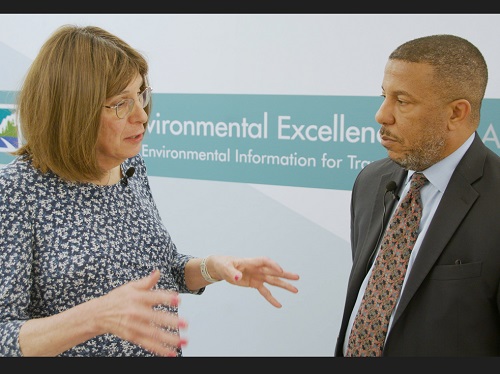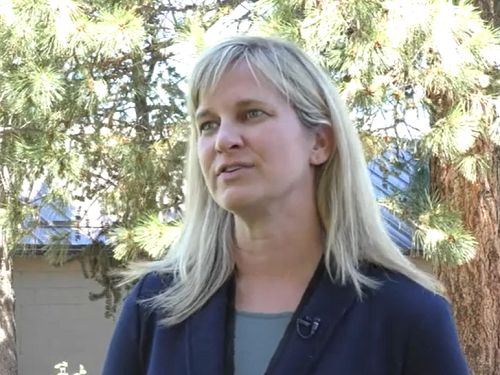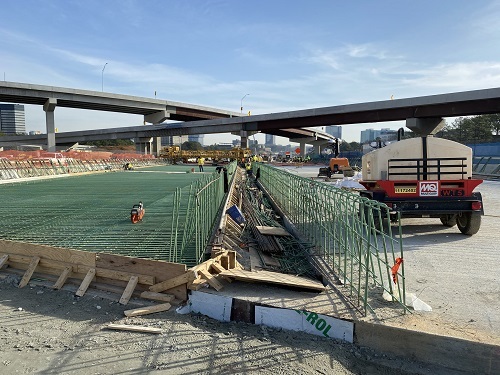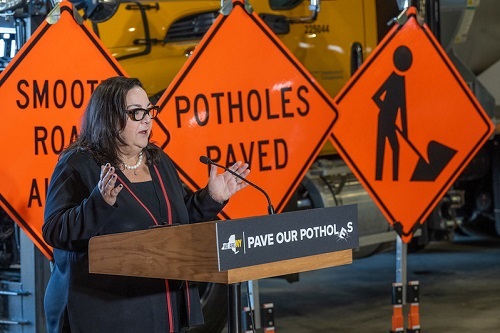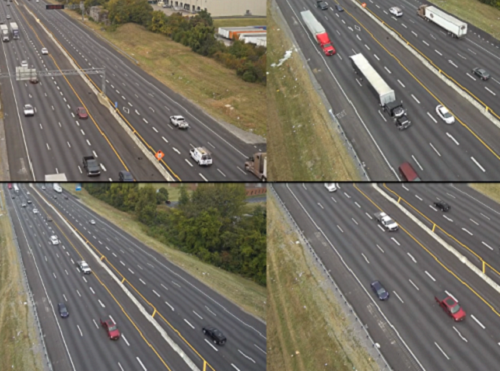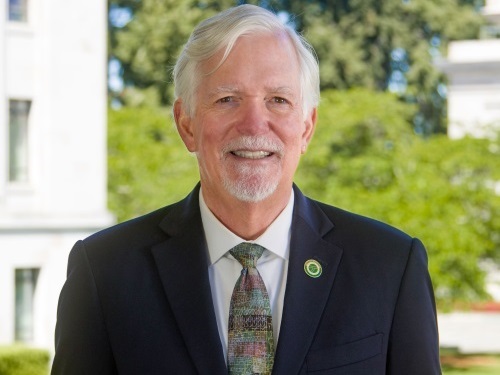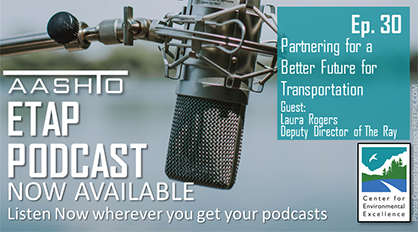The latest episode of “The Stream by AASHTO” podcast – formerly the Environmental Technical Assistance Program or ETAP podcast – features Craig Thompson, secretary of the Wisconsin Department of Transportation and 2023-2024 president of the American Association of State Highway and Transportation Officials.
[Above image by AASHTO]
“The Stream by AASHTO” podcast is part of a technical service program for state departments of transportation provided by the American Association of State Highway and Transportation Officials. It explores a wide array of environmental topics that affect transportation and infrastructure programs.
For his term as AASHTO president, Thompson plans to focus on three key emphasis areas: Bolstering safety on America’s roadways, realizing the promise of the historic Infrastructure Investment and Jobs Act, and reinvigorating the transportation workforce.
During his podcast interview, President Thompson shares insights into his presidential emphasis areas. Listen to this episode to gain a deeper understanding of this year’s AASHTO president and explore how his extensive experience has shaped AASHTO’s strategic focus for the 2023-2024 year.
[Editor’s note: AASHTO recently released a “presidential profile” video of Thompson, which can been viewed below.]
In his role as the Wisconsin DOT secretary, Thompson oversees one of the largest state agencies, boasting a workforce of over 3,100 employees and managing a biennial budget exceeding $8 billion. The department includes the Division of Motor Vehicles, serving approximately 50,000 customers weekly, and the Division of State Patrol, responsible for law enforcement and assisting motorists across the state.
Thompson also brings over 30 years’ worth of transportation industry experience to his role as AASHTO president. In 2020, he was president of the Mid America Association of State Transportation Officials and was the executive director at the Transportation Development Association of Wisconsin.


